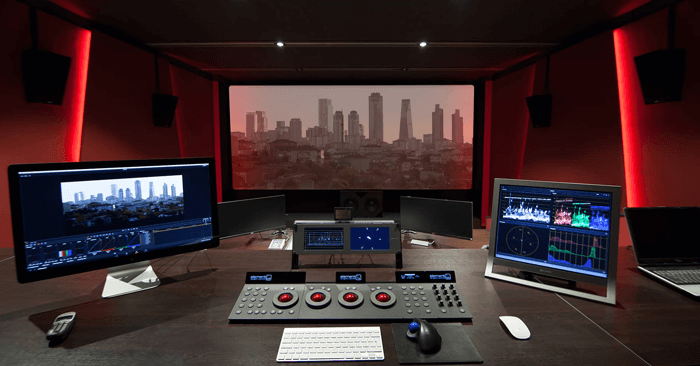COLOR CORRECTION

Color correction is a crucial aspect of video production that involves adjusting the colors in a video to achieve the desired visual appearance. It involves balancing the intensity, saturation, and hue of the colors to make them look more natural and appealing to the viewer. Color correction helps to improve the overall look and feel of the video, and to make sure that the colors match the intended visual style and tone of the project. The process of color correction requires a skilled video editor who has a good eye for color and is familiar with the technical aspects of color grading.
Some of the important aspects related to color correction in video production include:
Color Grading
The process of adjusting the colors in a video to enhance its visual appeal and to match the desired visual style
Color Balance
Refers to the proportion of red, green, and blue colors in a video that affects the overall appearance of the colors.
Hue
The dominant color or tint of an image, typically expressed as a degree on a color wheel.
Saturation
The intensity of a color, ranging from a pale, washed-out version to a vivid, highly-saturated version.
Luminance
The brightness of a color, ranging from completely black to completely white.
Color Wheels
Graphical representation of the hue, saturation, and luminance values used in color correction and grading.
Color Correction Software
Specialized software used for adjusting and grading the colors in a video, such as DaVinci Resolve, Adobe Premiere Pro, and Final Cut Pro.
Color Space
The range of colors that can be accurately represented and displayed in a video, such as sRGB, Adobe RGB, and Rec. 709.
By understanding these different categories, you can gain a better understanding of the technical aspects of color correction and the impact it has on the final product in video production.

